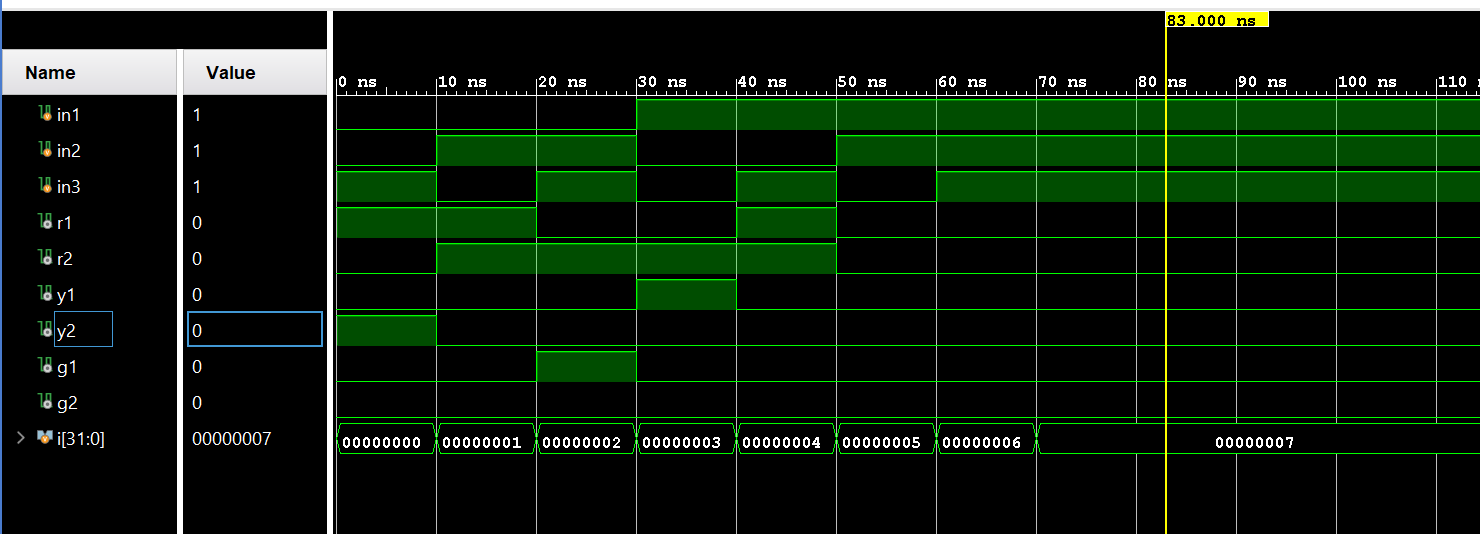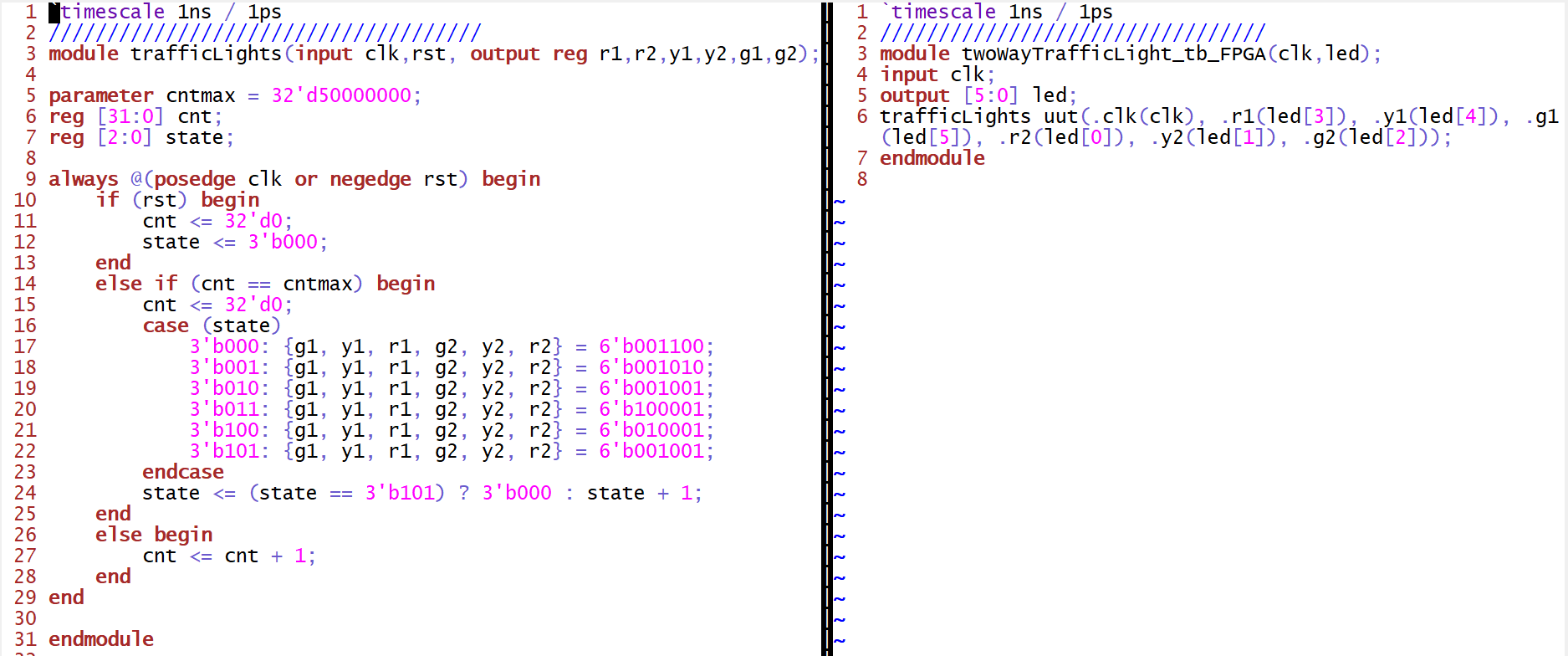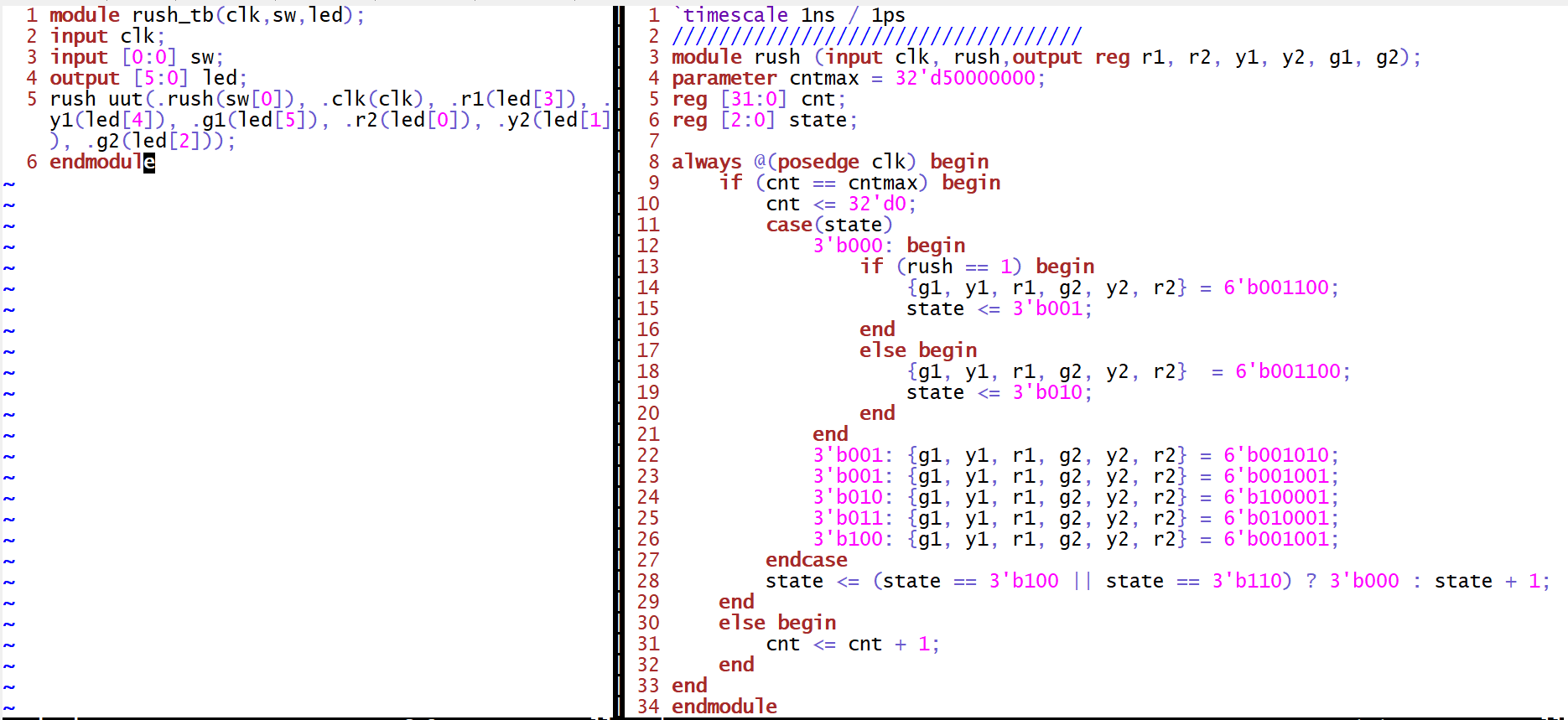
Figure 1. Kmap and logic equations for the traffic lights

Figure 2. Code implementation for the simulation of the two way traffic lights

Figure 3. Vivado simulation of the two way traffic lights
The code shown in Figure 4. implements a two-way traffic light system with sequential state changes. The trafficLights module operates with a state machine, cycling through different states to control two sets of traffic lights. The "cnt" counter is used to control the state transitions, and the LED output signals represent the current state of the traffic lights. The twoWayTrafficLight_tb_FPGA is the testbench that connects the clock signal and LED outputs for the FPGA.

Figure 4. Code implementation for the FPGA of the two way traffic lights
Video 1. Demonstration of the two way traffic lights on the FPGA
